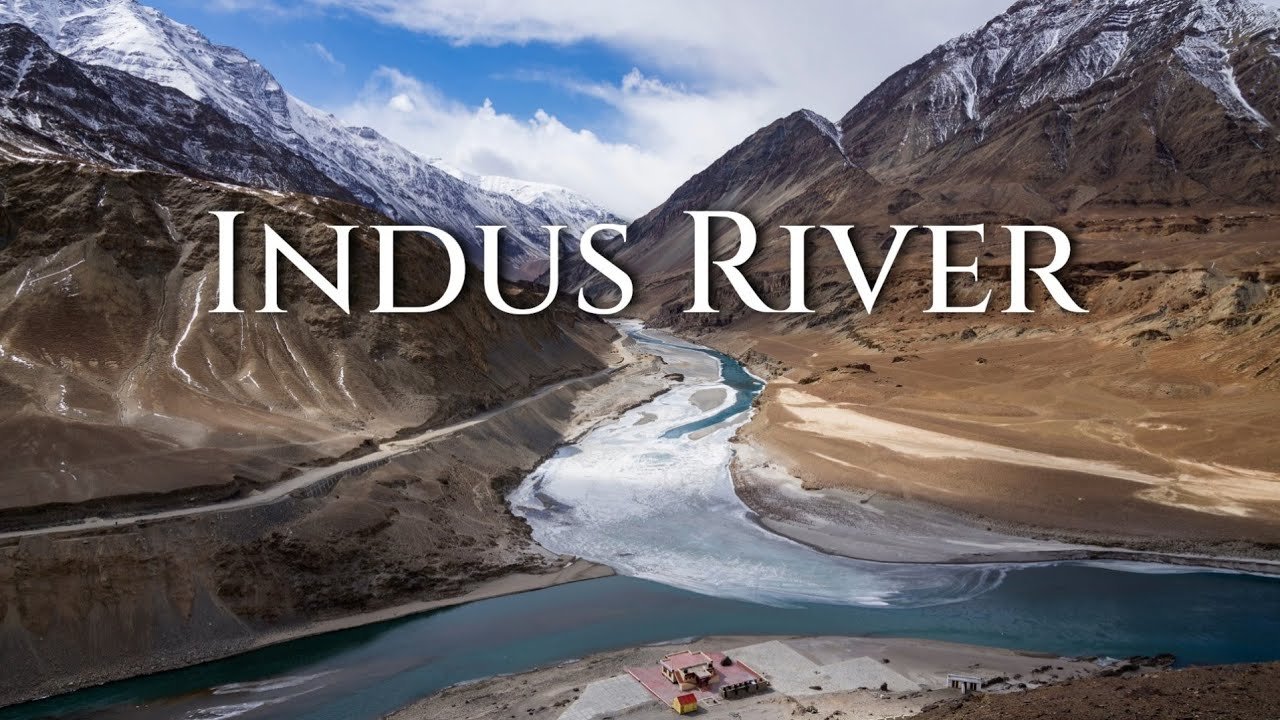Length of the Indus River: A Geographical Marvel
Introduction to the Indus River
The Indus River is one of the longest and most significant rivers in Asia, stretching an impressive 3,180 kilometers (1,980 miles). Originating from the glaciers of the Kailash Range near Lake Mansarovar in Tibet, it traverses through the rugged terrains of the Himalayas, cutting through diverse landscapes before emptying into the Arabian Sea.
Origin and Course of the Indus River
The river’s journey begins in the Tibetan Plateau, specifically from the glaciers of the Kailash Range. It flows northwest through the Ladakh region in India, making a sharp southward turn near Gilgit-Baltistan in Pakistan. The river then traverses the length of Pakistan, passing through key cities like Skardu and Sukkur, before reaching the Arabian Sea near Karachi.
Tributaries of the Indus River
The Indus River system is bolstered by several major tributaries, which include:
- Jhelum
- Chenab
- Ravi
- Beas
- Satluj
These tributaries play a crucial role in sustaining the river’s flow and supporting the agricultural and ecological needs of the region.
Historical and Cultural Significance
Historically, the Indus River is synonymous with the ancient Indus Valley Civilization, one of the world’s earliest urban cultures that flourished along its banks around 2500 BCE. The river’s fertile plains supported large settlements and sophisticated cities like Harappa and Mohenjo-Daro, marking significant advancements in agriculture, architecture, and urban planning.
Modern-Day Importance
In contemporary times, the Indus River remains vital for the economies of India and Pakistan. It is a key source of irrigation, supporting extensive agricultural activities. The river also facilitates hydroelectric power generation and provides a crucial waterway for transportation.

Why This News is Important
Significance for Competitive Exams
Understanding the geographical and historical context of the Indus River is crucial for students preparing for competitive exams such as UPSC, PSC, and other government examinations. Questions about major rivers, their origins, tributaries, and historical significance are common in these exams.
Ecological and Economic Relevance
The news about the Indus River also highlights its ecological and economic importance in South Asia. The river is central to water security, agricultural productivity, and energy generation in the region. Awareness of such key natural resources is essential for informed discussions on regional development and sustainability.
Geo-Political Importance
The Indus River flows through politically sensitive regions, making its management and usage a significant geo-political issue. Understanding the river’s dynamics can help students grasp the complexities of international water treaties and cooperation between India and Pakistan.
Historical Context
The Indus Valley Civilization
The Indus Valley Civilization, thriving around 2500 BCE, was among the world’s earliest urban civilizations. It developed along the banks of the Indus River, with major cities like Harappa and Mohenjo-Daro. The civilization is noted for its advanced urban planning, architecture, and social organization.
Colonial and Post-Colonial Era
During British colonial rule, the Indus River’s waters were extensively used for irrigation projects. Post-independence, the Indus Waters Treaty of 1960 between India and Pakistan allocated the use of its waters, reflecting its continuing strategic importance.
Key Takeaways from the Length of the Indus River
| Serial No. | Key Takeaway |
|---|---|
| 1 | The Indus River is 3,180 kilometers long. |
| 2 | Originates from the Kailash Range near Lake Mansarovar. |
| 3 | Major tributaries include Jhelum, Chenab, Ravi, Beas, and Satluj. |
| 4 | Historically significant for the Indus Valley Civilization. |
| 5 | Vital for irrigation, power generation, and transportation in South Asia. |
Important FAQs for Students from this News
What is the length of the Indus River?
The Indus River is approximately 3,180 kilometers (1,980 miles) long.
Where does the Indus River originate?
The Indus River originates from the glaciers of the Kailash Range near Lake Mansarovar in Tibet.
What are the major tributaries of the Indus River?
The major tributaries of the Indus River include Jhelum, Chenab, Ravi, Beas, and Satluj.
Why is the Indus River historically significant?
The Indus River is historically significant due to its association with the ancient Indus Valley Civilization, one of the world’s earliest urban cultures.
How does the Indus River impact modern-day economies in South Asia?
The Indus River supports irrigation, hydroelectric power generation, and transportation, making it crucial for the economies of India and Pakistan.
Some Important Current Affairs Links

















